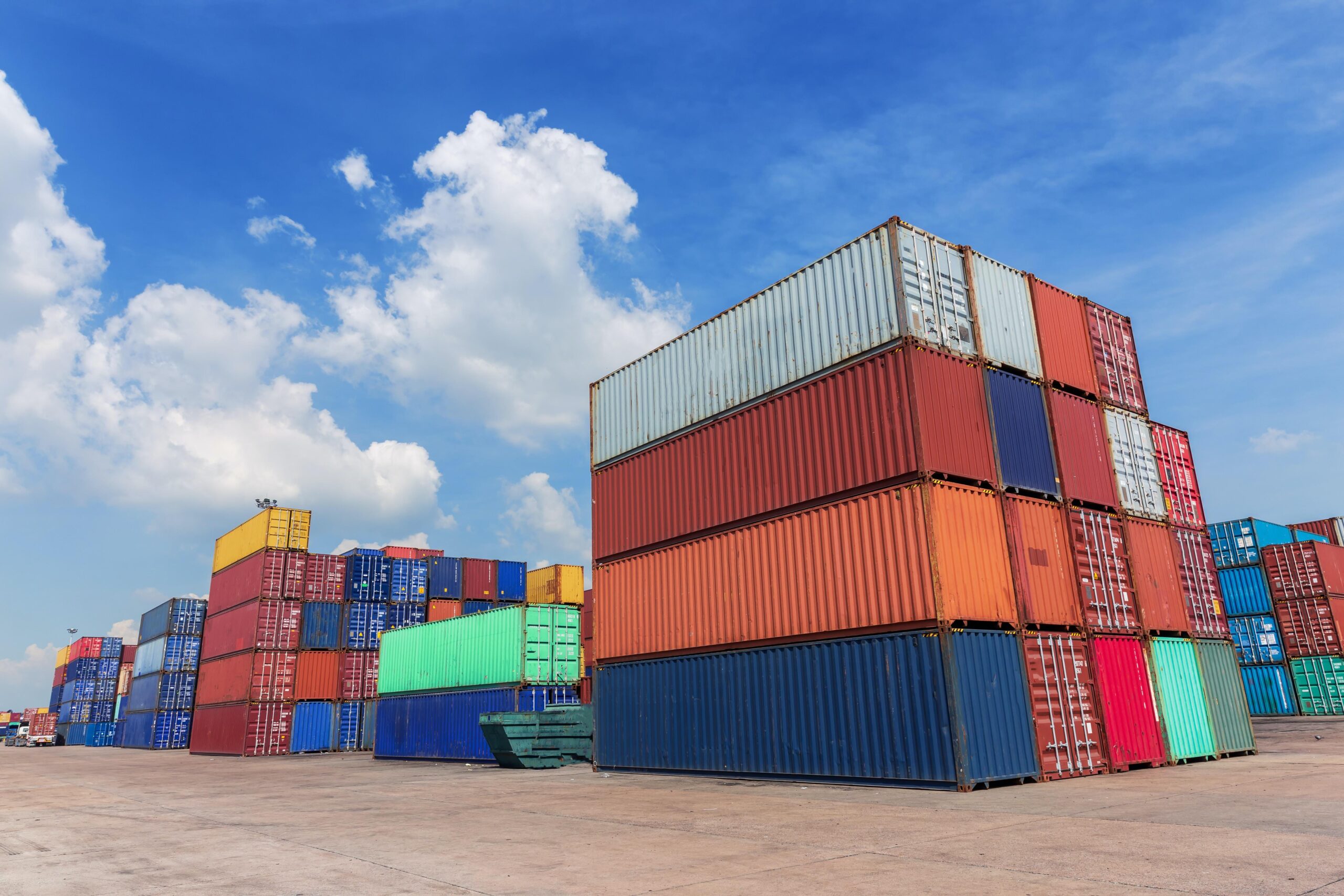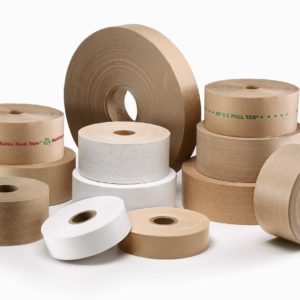Freight containers are mainly used to transport goods from one place to another, especially by sea, rail, road, and sometimes air. While there is a standard international size for all shipping containers, shipping container sizes vary depending on the work being done. Sizes are available depending on the products you want to ship, and you can choose a clear option.
Let’s take a look at the different sizes of shipping containers
Dimensions of Intermodal Containers
Specialized shipping containers are available to transport sensitive or non-standard equipment, but most shipping blister sizes are referred to as standard intermodal containers. It is most commonly used in dry van deliveries, and most cargo is delivered through it.
20 Foot Containers
20ft containers, also called intermodal containers, are used for intermodal transport of goods. They are usually requested by various modes of transport, such as trucks, trains, and ships. In most cases, it is not about recharging or charging but is mainly used to pay for shipping and storage. Intermodal container sizes vary, and there are several different standard sizes available. Due to their wide use, they are popular and used to deliver goods worldwide.
40 Foot Shipping Containers
Like the 20ft shipping blister, the SCF 40ft shipping containers are one size larger. It is suitable for general cargo and is also equipped with liners. One of the benefits of choosing a 40-foot load is that you can ship more products at any given time.
Tall Cubic Containers
These containers have dimensions similar to standard shipping containers. However, as the name suggests, they are higher. The overall height of the intermodal container is 8 feet 6 inches; tall cubic blisters are 9 feet 6 inches. These blisters are ideal for transporting bulky goods.
Open Containers
Open containers are similar to standard cargo containers. However, they must be loaded from above and placed in a container with a crane. These cargo containers also support side loading of the door, with the cargo hanging from the top unit. Depending on the type of cargo, such as scrap or timber, an open container is one of the best options.
Unusual Sizes and Non-Standard Packaging
Non-standard metal sea containers are also available, and you can choose from them depending on the cargo’s size, class, and density.
Wide Pallet Containers
The container has four inches more floor space than standard containers. However, if you’re shipping within, you won’t have to worry about these blisters.
Sea Containers 53 and 48 Feet
Not only are these shipping blisters a tall cube, but they also provide six inches of wider headroom than standard containers.
Summary
You will get these options for shipping your items and will be able to find the one that is perfect for your shipment.





